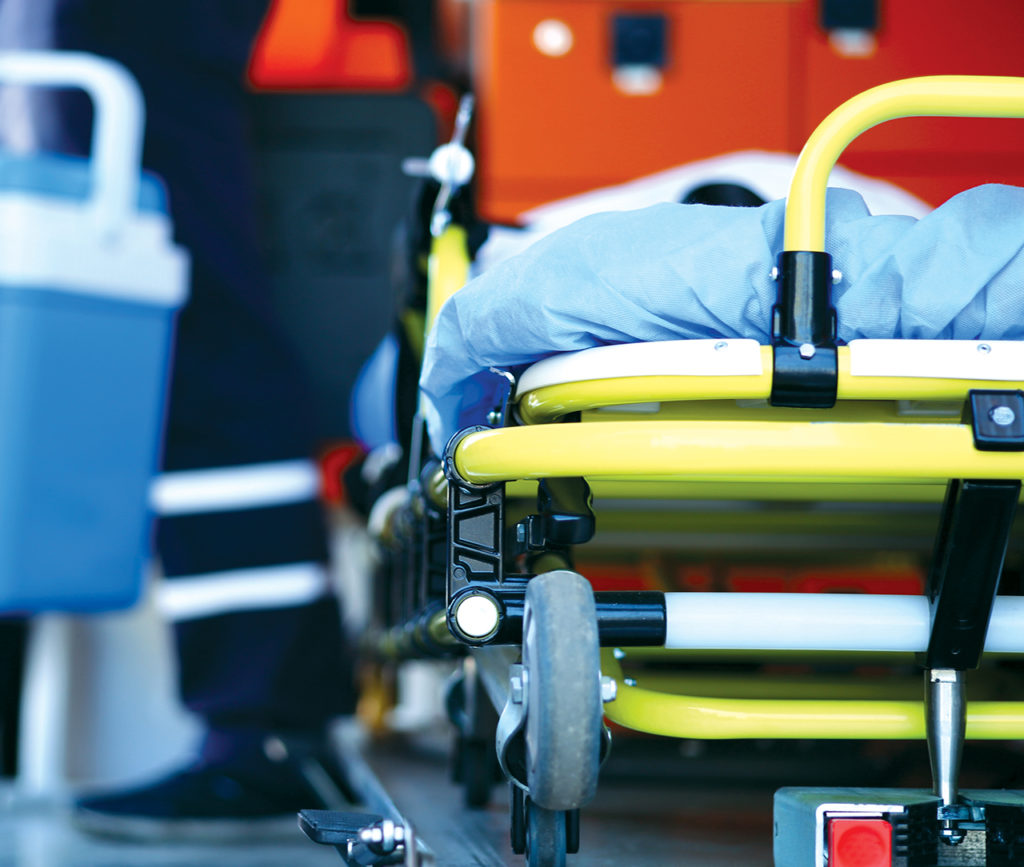About Emergency Preparedness

It’s time to change the way California thinks about disaster response. The COVID-19 pandemic showed that hospitals can quickly mobilize to provide flexible approaches to patient care during a disaster. The state must draw upon these lessons to prepare differently so the next crisis will be less severe. Given California’s size and complexity, the health care disaster response system of the future must be nimble enough to respond to any catastrophe. View more information on hospital disaster preparedness.
Crisis Standards of Care
2021 Virtual Disaster Conference
Presented by UC Davis Health, this session offers a unique perspective to Crisis Standards of Care, offering strategies for operating with scarce resources in disaster events. Learn how this system convened a group of physicians, bio-ethicists, communications specialists, and disaster planners to work through this incredibly arduous topic.
Emergency Preparedness for Older Adults
Older adults face unique challenges during disasters. Planning for their needs in a disaster event should include factors including mobility limitations, health conditions, and medication needs.
Kidney Community Emergency Response Coalition (KCER)
The Kidney Community Emergency Response (KCER) Coalition provides technical assistance to ESRD Networks, Medicare organizations, and other groups to ensure timely and efficient disaster preparedness, response, and recovery for the kidney community.
Psychological First Aid for Children and Parents
Parents play a crucial role in supporting their children during times of disaster. Just as they consult their child’s doctor for health issues, they can also reach out to healthcare providers, mental health professionals, or school staff for assistance and guidance in the aftermath of a disaster event. These tools, provided by the County of Los Angeles, provide guidance in (English and Spanish) for seeking psychological first aid following a disaster.
NYC Hospital Guidelines for Pediatrics in Disasters
All hospitals should plan for pediatric patients arriving during a disaster. Developed and shared by the New York City of Department of Health, the following document addresses the issues surrounding pediatric emergency care during a disaster.
Pediatric Care in Rural Hospital Emergency Departments
Particular aspects of emergency care for children may be especially difficult for rural hospitals to meet, as they often have less access to pediatric and emergency medicine trained physicians.
Pediatric Surge Pocket Guide
Developed and shared by the Los Angeles County Department of Public Health, these clinical checklists, guides, and just-in-time references to manage a surge of pediatric patients.
Quick-Reference Guide for Pediatric Surge
Developed by the Children’s Hospital Los Angeles & LA County EMS Agency, this resource provides essential strategies for hospitals to enhance their emergency preparedness for a pediatric surge event.
Pediatric Hospital Surge Capacity in Public Health Emergencies
Shared by the Agency for Healthcare Research and Quality (AHRQ), this tool addresses the special medical needs of children, and emphasizes how health care facilities must be prepared for both pediatric and adult victims of bio-terrorism attacks, including those resulting from dispersal of airborne or food borne agents.
Pediatric Disaster Preparedness Guidelines for Hospitals
The Joint Commission requires all hospitals to have disaster plans in place, however the formulation of hospital guidelines specific to pediatrics is often overlooked.